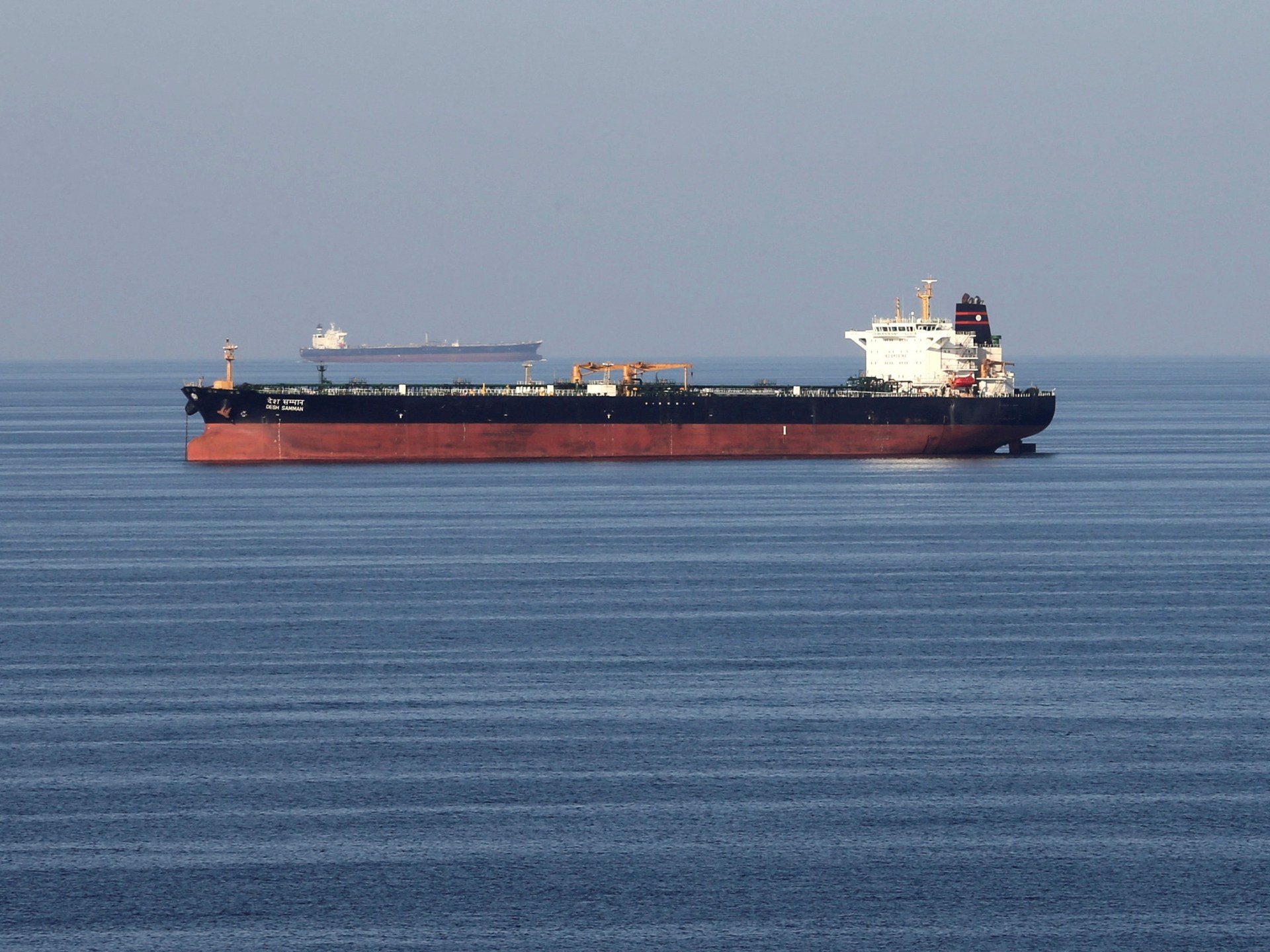Iran maintains the option to close the vital Strait of Hormuz, a critical maritime passage through which approximately 20 percent of the world’s oil is transported daily. This prospect comes amid heightened tensions following ongoing Israeli military actions in Gaza and the recent US airstrikes targeting three Iranian nuclear sites, which have raised alarms about a possible wider conflict in the Middle East.
In a historic move, the US military conducted its first strikes against Iran since the 1979 Islamic Revolution, prompting Tehran to threaten repercussions. Following this escalation, Iran’s Foreign Minister Abbas Araghchi declared during an Organisation of Islamic Cooperation meeting in Istanbul that the United States had crossed a “very big red line.”
The Strait of Hormuz, strategically positioned between Oman and the United Arab Emirates to one side and Iran on the other, serves as a crucial link between the Persian Gulf and the Gulf of Oman. At its narrowest point, the strait measures just 33 kilometers (21 miles) wide, with the shipping lane itself only 3 kilometers (2 miles) wide, making it susceptible to military actions.
Concerns over oil and gas supply disruptions have surged particularly since Israel initiated a new wave of attacks on Iran. While US and Israeli forces have targeted Iranian energy facilities, maritime operations remain uninterrupted thus far. Nonetheless, according to freight intelligence firm Xeneta, ocean freight rates saw a significant rise of 55 percent month-over-month in light of the escalated conflict.
For Iran to officially close the Strait of Hormuz, a final decision must come from the Supreme National Security Council, which has yet to ratify any such measure despite parliamentary discussions supporting the closure. Esmail Kosari, a member of the parliament’s National Security Commission, stated that while there is a consensus towards closure, the ultimate authority rests with the Supreme National Security Council. When asked about the possibility, Foreign Minister Araghchi suggested, “A variety of options are available to Iran.”
Supreme Leader Ayatollah Ali Khamenei weighed in, asserting that Israel has committed a “grave mistake” that warrants punishment but did not mention any actions regarding the Strait of Hormuz.
In practical terms, Iran could use mines or conduct attacks on ships traversing the strait, drawing on tactics from previous conflicts, such as the Tanker Wars during the Iran-Iraq War. Incidents of confrontation with US naval forces have occurred, including a notable event in 2007 when Iranian vessels approached US warships without shots being fired.
The economic ramifications of closing the Strait of Hormuz could be severe. US Secretary of State Marco Rubio urged China to persuade Iran against such a move, claiming it would result in economic devastation not just for Iran but also for other nations with significant stakes, including China, which imports nearly 90 percent of Iran’s oil exports.
Goldman Sachs has projected that a blockade could push oil prices beyond $100 per barrel, significantly affecting production costs and driving inflation globally, particularly impacting consumer goods reliant on energy. Historically, while disruptions to oil supply can spike prices temporarily, they often revert quickly as spare production capacity and decreased demand take effect. For instance, oil prices surged before the second Gulf War in 2003 but fell sharply afterward, a pattern mirrored during the initial months of Russia’s invasion of Ukraine in 2022.
As tensions mount, the question remains whether Iran will follow through on its threats and how that could reshape the geopolitical landscape and impact economies worldwide.

